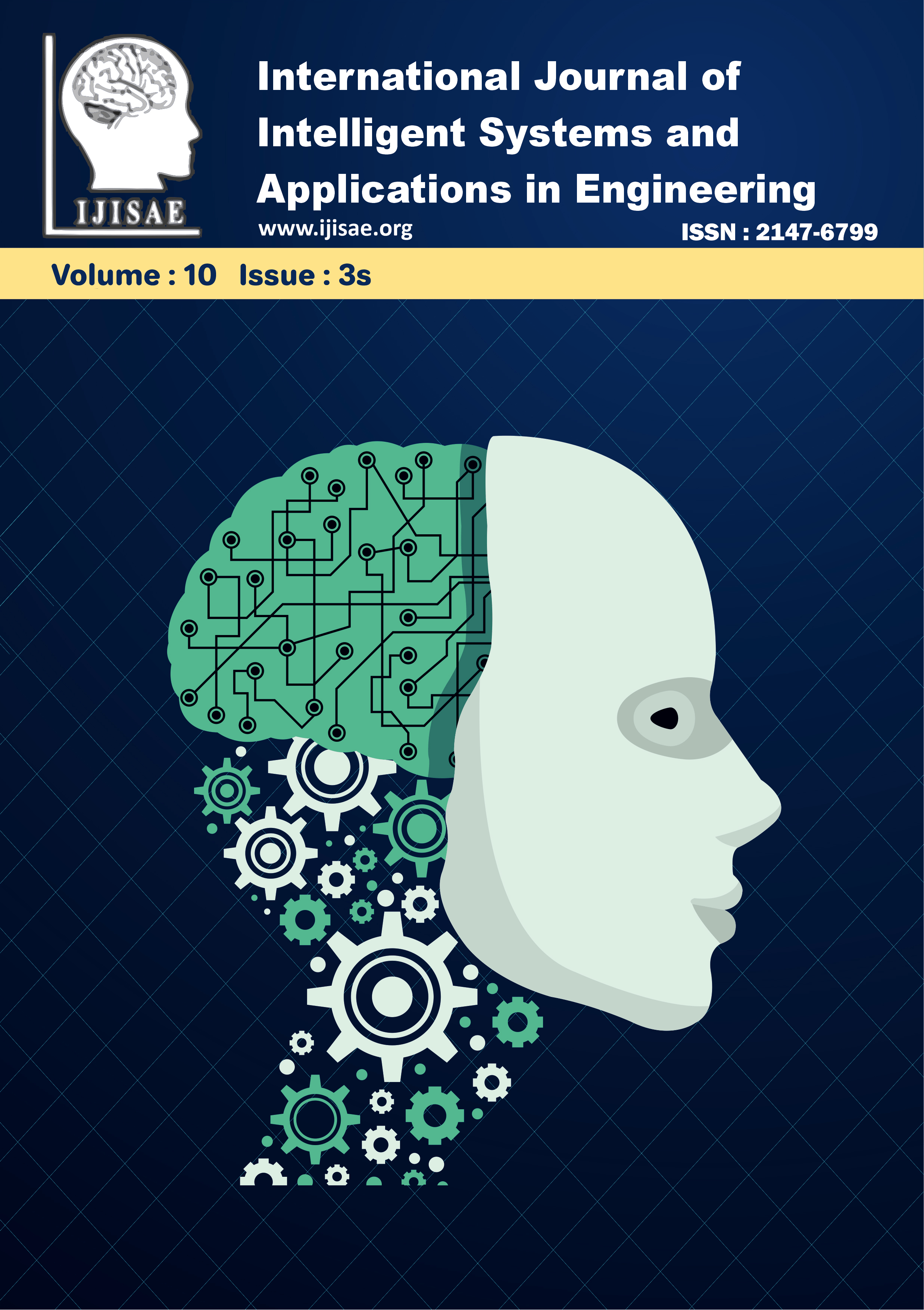Life Insurance Customer Prediction and Sustainbility Analysis Using Machine Learning Techniques
Keywords:
Life Insurance, Customer Prediction, Machine Learning, Sustainability, Predictive Analytics.Abstract
The insurance sector is being transformed through the incorporation of cutting-edge technology like Machine Learning (ML) to advance operational efficiency, customer behavioural prediction, and sustainability. In this paper we carry out a systematic analysis on the utilization of ML techniques to predict the behavior of life insurance customers and study its sustainability effect in the industry. Using multiple ML techniques such as decision trees, support vector machines and neural networks, the model attempts to forecast;customer retention; claims and chances of a customer renewing a policy given historical data. Furthermore, the paper discusses how sustainable operations in life insurance firms could be improved through predictive analytics, eco-friendly operations and building customer loyalty in the form of green policies. The findings indicate a great prospects of ML model for predicting customer behaviorss as well as sustainable growth. In light of the emerging body of knowledge on data analytics in the insurance industry, this research provides important insights into both data-driven customer retention strategies and environmentally friendly actions.
Downloads
References
Hiwase, V.A.; Agrawal, A.J. Review on application of data mining in life insurance. Int. J. Eng. Technol. 2018, 7, 159–162. [CrossRef]
Emamgholipour, S.; Arab, M.; Mohajerzadeh, Z. Life insurance demand: Middle East and North Africa. Int. J. Soc. Econ. 2017, 44, 521–529. [CrossRef]
Swiss Re Institute. Closing Asia’s Mortality Protection Gap. Report; Swiss Re Institute: Zurich, Switzerland, 2020.
Descombes, J. Why Hasn’t COVID-19 Led to an Increase in Life Insurance Protection? Available online: https://www. swissre.com/institute/research/topics-and-risk-dialogues/health-and-longevity/covid-19-life-insurance.html (accessed on 7 September 2022).
LIMRA and Life Happens. 2021 Insurance Barometer Study, LIMRA and Life Happens. COVID-19 Drives Interest in Life Insurance; LIMRA: Windsor, CT, USA, 2021.
Bank Negara Malaysia. Monthly Highlights and Statistics; Report; Bank Negara Malaysia: Kuala Lumpur, Malaysia, 2020.
Swiss Re Institute. Sigma No. 4/2022: World Insurance:Inflation Risks Frontand Centre; Swiss Re Institute: Zurich, Switzerland, 2022.
Bhatia, R.; Bhat, A.K.; Tikoria, J. Life insurance purchase behaviour: A systematic review and directions for future research. Int. J. Consum. Stud. 2021, 45, 1149–1175. [CrossRef]
Annamalah, S. Profiling and purchasing decision of life insurance policies among married couples in Malaysia. World Appl. Sci. J. 2013, 23, 296–304.
Grabova, P.; Sharku, G. Drivers of life insurance consumption—An empirical analysis of Western Balkan countries. Econ. Ann. 2021, 66, 33–58. [CrossRef]
AFSA. (2019). Albanian Financial Supervisory Authority – Annual Report. Retrieved 10 January 12021, from Albanian Financial Supervisory Authority: https://amf.gov.al.
Akhter, W., Pappas, V., & Khan, S. U. (2019). Insurance demand in emerging Asian and OECD countries: A comparative perspective. International Journal of Social Economics, 47(3), 350–364. doi:10.1108/IJSE-08-2019-0523.
Arena, M. (2008). Does insurance market activity promote economic growth? A cross-country study for industrialized and developing countries. Journal of Risk and Insurance, 75(4), 921–946. doi:10.1111/j.1539-6975.2008.00291.x.
Avram, K., Nguyen, Y., & Skully, M. (2010). Insurance and economic growth: A cross country examination. Working Paper. Finsia Banking and Finance Conference 2010.
Brisbaine: Australian Center for Financial Studies - Finsia Banking and Finance Conference 2010. doi:10.2139/ ssrn.1646757. Babbel, D. (1981). Inflation, indexation, and life insurance sales in Brazil. The Journal of Risk and Insurance, 48(1), 111–135. doi:10.2307/252655.
Beck, T., & Webb, I. (2003). Economic, demographic, and institutional determinants of life insurance consumption across countries. The World Bank Economic Review, 17(1), 51–88. doi:10.1093/wber/lhg011.
Illuri, B.; Sadu, V.B.; Sathish, E.; Valavala, M.; Roy, T.L.D.; Srilakshmi, G. A Humanoid Robot for Hand-Sign Recognition in Human-Robot Interaction (HRI). In Proceedings of the 2022 Second International Conference on Advances in Electrical, Computing, Communication and Sustainable Technologies (ICAECT), Bhilai, India, 21–22 April 2022; pp. 1–5.
Srinivas Gadam. (2022). Optimizing Enterprise Data Management with Microsoft Azure: Scalability, Security, and Innovation. Journal of Computational Analysis and Applications (JoCAAA), 30(2), 478–495.
Srinivas Gadam, Content Moderation with Highly Available Azure Load Balancing., Library Progress International Vol. 42 No. 2 (2022)
Srinivasa Subramanyam Katreddy, Multi-Cloud Strategies for Distributed and Fault-Tolerant Application Deployments, Nanotechnology Perceptions, Vol. 13 No. 3 (2017)
Srinivasa Subramanyam Katreddy. (2016). Modernizing Middleware for Enhanced Cloud Compatibility and Performance. The International Journal of Multiphysics, 10(4), 451 - 463.
Downloads
Published
How to Cite
Issue
Section
License
Copyright (c) 2025 Sridhar Kakulavaram

This work is licensed under a Creative Commons Attribution-ShareAlike 4.0 International License.
All papers should be submitted electronically. All submitted manuscripts must be original work that is not under submission at another journal or under consideration for publication in another form, such as a monograph or chapter of a book. Authors of submitted papers are obligated not to submit their paper for publication elsewhere until an editorial decision is rendered on their submission. Further, authors of accepted papers are prohibited from publishing the results in other publications that appear before the paper is published in the Journal unless they receive approval for doing so from the Editor-In-Chief.
IJISAE open access articles are licensed under a Creative Commons Attribution-ShareAlike 4.0 International License. This license lets the audience to give appropriate credit, provide a link to the license, and indicate if changes were made and if they remix, transform, or build upon the material, they must distribute contributions under the same license as the original.






